Track Bike Sizing: The Evolution Over Time
Note: The article “What is Relevant in Track Bike Sizing?” provides the basics. Please read it first if you haven’t already.
A brief overview of the evolution to modern track bikes
Traditional thinking
Like mountain and road bikes, modern track bikes have evolved considerably. Most older track bikes followed a similar template designed for quick handling:
- Steep head angles
- Short reach relative to frame size
- High saddle relative to the hand position
- High bottom brackets (less than 55mm of bottom bracket drop)
- Shorter wheelbase
- A slightly longer reach than the equivalent manufacturer sized road bike
Previously, the common belief was that track cycling involved short events, making it easier to tolerate an uncomfortable position under pressure. It was generally accepted that riders should adopt a short position (elbow/knee overlap) with low bars (a high amount of saddle-to-bar drop) to achieve a lower aerodynamic position. However, this often had the opposite effect in two key ways:
- placing tension on the shoulders, leading to extended arms and open shoulders and a high head position as riders struggled to maintain the desired posture under pressure.
- Bent elbows whilst tucked would generally strike the knees whilst in the drops
With this setup, bringing the elbows in and shrugging the shoulders to reduce CdA was difficult so optimising aerodynamics was challenging for all but the most flexible athletes.
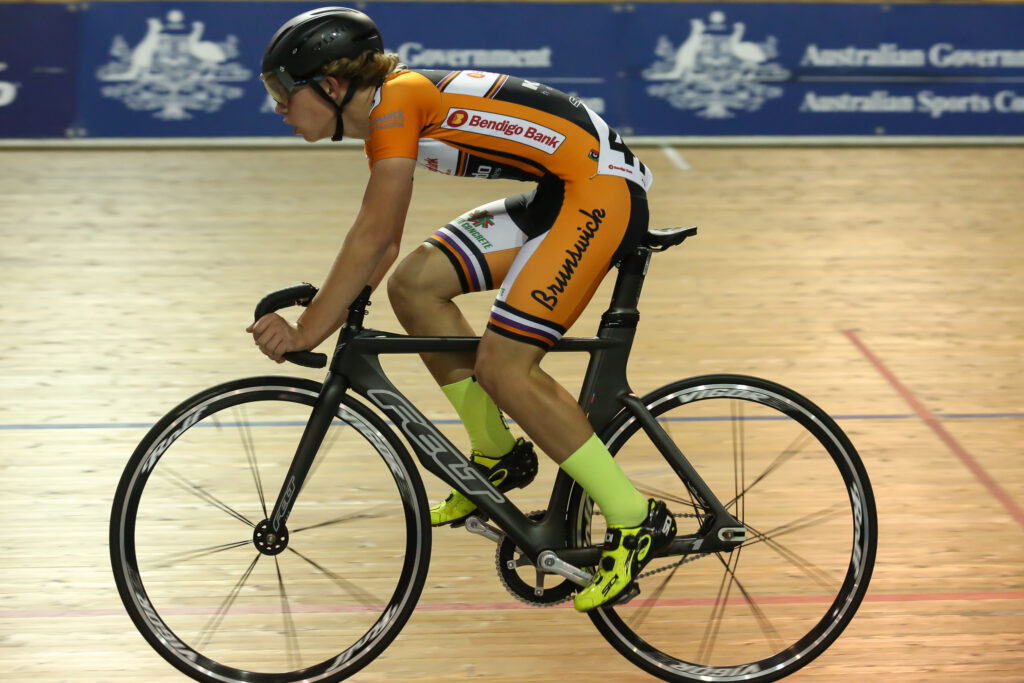
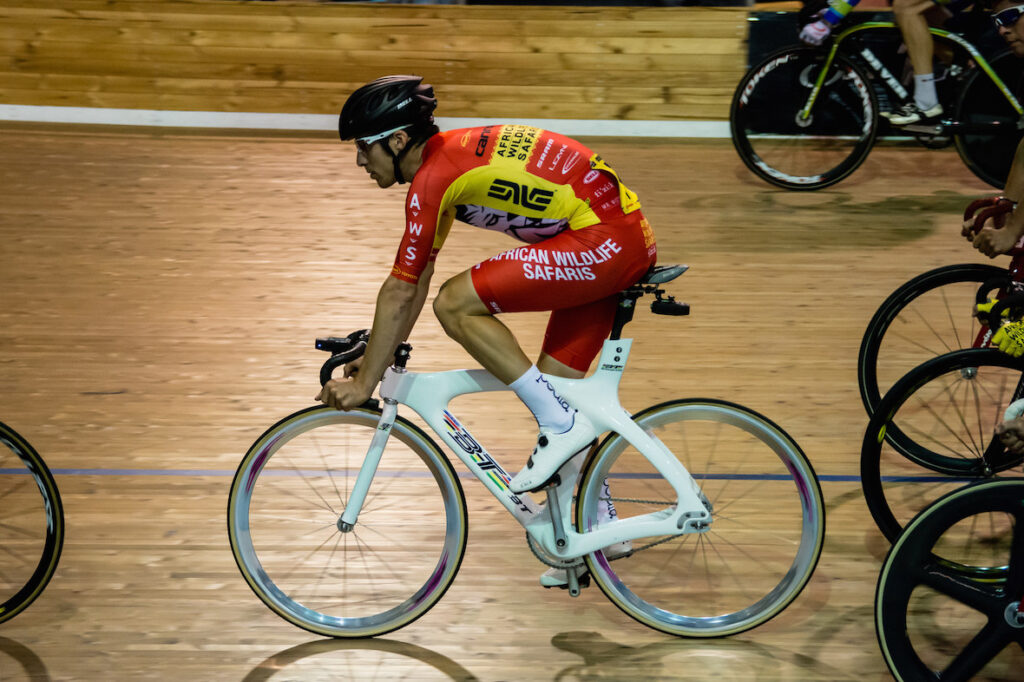
Although some people still believe this is the ideal track position, key developments over the past 15 years have led to a shift away from traditional track geometry thinking. We now have a much better understanding of how to optimise bike position for a more powerful and aerodynamic posture.

A gradual shift towards modern geometry
Australia’s Bike Technologies (BT) was one of the first manufacturers to move beyond traditional thinking, adopting a long-reach, low-stack geometry with their Blade and Edge frame sets in 2008. This was likely influenced by their close working relationship with Cycling Australia (now AusCycling). Even then, these frames still had steep head angles and very low stacks. Rider positioning had not really changed at this point.
Felt soon followed with their TK1 (but not the lower-end alloy TK2 and TK3), probably driven by feedback from USA Cycling. In 2012, Cervélo took this further by introducing a slacker front end and a lower bottom bracket on their T4, producing a frame that was relatively long and stable. I reason that the T4 was ahead of its time, and even by today’s standards, it remains one of the best frames. Cervélo appeared to grasp the issues and there is a good reason why the T4 has been (and remains) a popular frameset at the (inter)national level. However, change is slow, and despite the successes of these frame designs, many newly introduced track bikes have yet to adopt these principles. Even alloy bikes, which are easier to modify, have not evolved significantly.
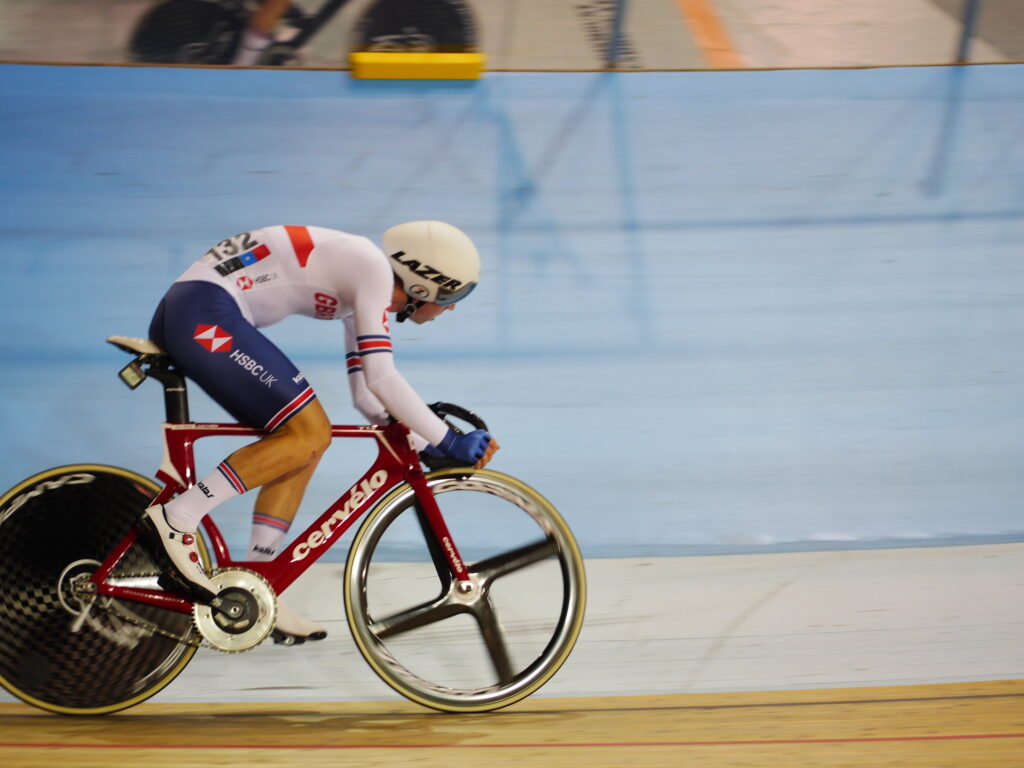
More recently, the final step in this evolution has been to raise the handlebars by increasing stack height and/or angling the stem upward. Low, slammed positions are now far less common, as riders seek to bring their hands higher to facilitate relaxed shoulders and a more effective “shrug” while maintaining comfort. For an extreme example of this, the Toot Engineering X23 alloy frames provide an excellent example of this high-hand position in a made-to-order product: long reach coupled with high bars, resulting in minimal saddle-to-bar drop.
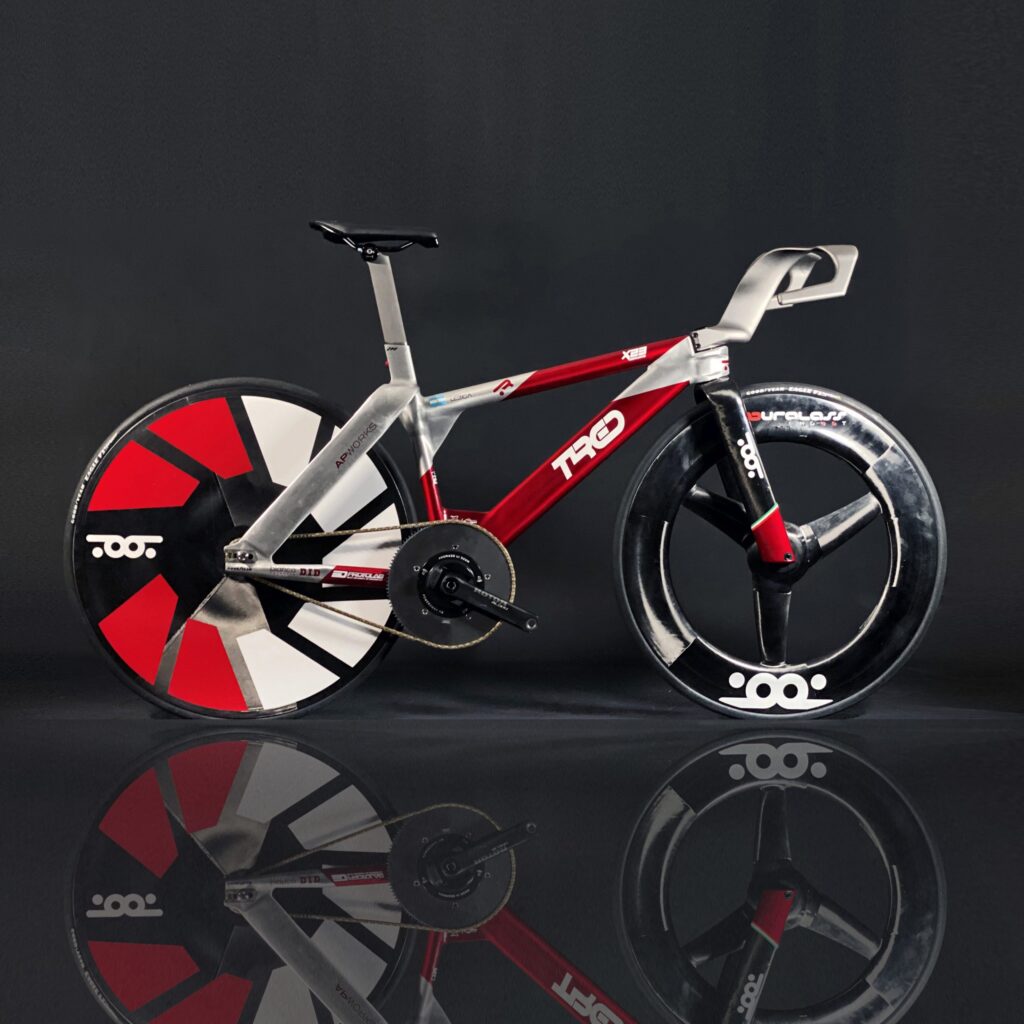
In the last few years, the high-hands, long-reach position is now commonplace at the highest levels. This has been further enhanced by using narrow track handlebars with inward-facing hood grips for bringing the arms closer together akin to the old Spinacci Aero bars. This allows riders to bring their arms forward enough so their elbows do not strike their knees.
This is exemplified in this photo below where Italy’s Francesca Selva provides an excellent example of an optimised bunch racing position. Using the winged Mythos TX1 bars she can adopt a position which almost resembles a position found on a pursuit bike.
- Hands high
- Horizontal torso
- Low head
- Shrugged shoulders
- Narrow elbows
Compare this to the photos shown previously and you can see a marked difference that does not require a wind tunnel to see how this can be faster.
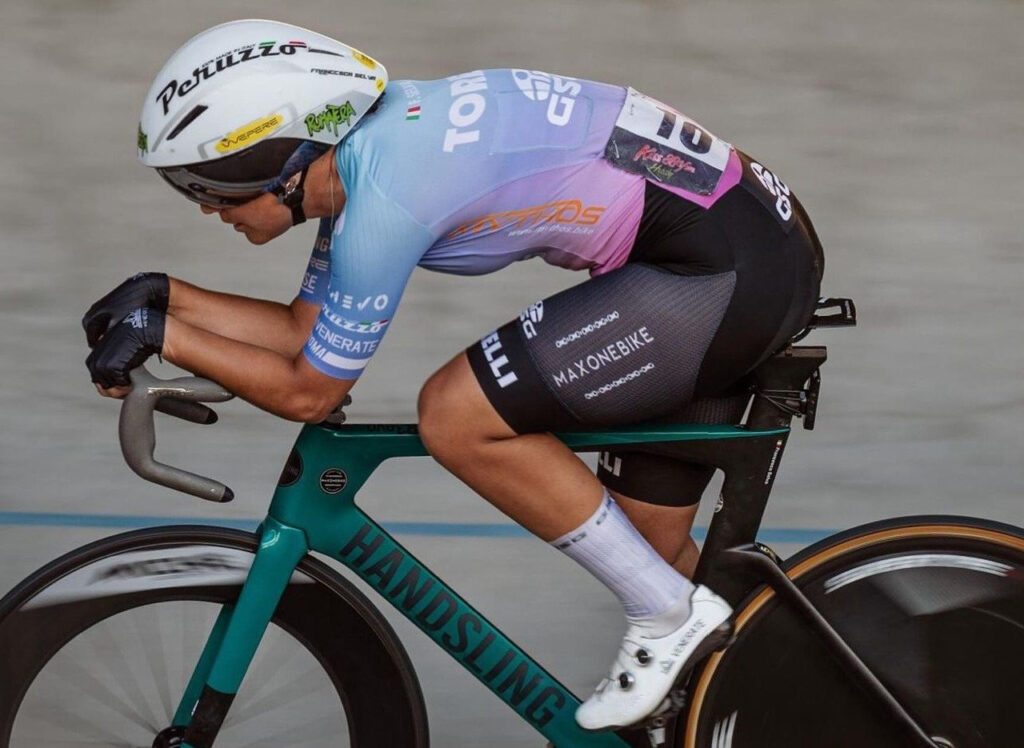
It’s clear that the evolution of track geometry is largely a result of improved understanding of aerodynamics and biomechanics. It wasn’t an improvement in bike handling per se that drove these changes, but rather the need to optimize rider positioning in terms of fit, power, and especially aerodynamics—just like nearly all innovations in track cycling.
Despite these advancements, many manufacturers still cling to outdated designs. The shift toward longer, more stable track bikes is slow, but as more riders and teams embrace the benefits, we may see a future where geometry evolves to support modern aerodynamic and biomechanical principles.
Two main shortcomings of (most) track bikes
For bunch racing, bikes need to be stable while allowing a rider to achieve a powerful aerodynamic position. I believe that the majority of track frames (and even many high-end models) on the market today are not optimal. Have you ever wondered why so many top track cyclists ride frames that look way too big for them? There are two key limitations of most bikes on the market that they are trying to overcome:
- A frame reach that is too short for the stack, which prevents a rider from achieving a good aerodynamic position on the bike. Even many large-sized frames are still too short. This lack of reach is the primary reason why riders choose large frames in an effort to achieve a longer position so as to help enable improved power and aerodynamics. (note: pursuit frames are different. Here, a shorter reach is acceptable, but that is a topic for another article.)
- A head angle that is too steep. Apart from providing less stability, this places the front wheel too far under the frame. Any attempt to lengthen the position with a longer stem makes the bike very front-heavy. Moreover, steep head angles do not comply well with Article 1.3.022 of the UCI rules, which states: “In no case shall the front of the handlebars exceed the vertical plane passing at a horizontal distance of 100 mm from the axis of the front wheel spindle.” (as at 30 March 2025)
Note: I use the stack-to-reach ratio as a descriptive statistic only. This is not a measure of whether a frame is good or not. High values tend to be worse, but low values are not necessarily better.
My analysis suggests that many frames fall short of these two key aspects as most companies do not fully understand modern thinking around track bike geometry or rider positioning. This is especially evident in lower- and mid-range alloy bikes—the very bikes that should be easiest to modify. I understand that track cycling is a niche market compared to other cycling disciplines, but these changes are not difficult to implement. Especially given that most manufacturers have successfully adapted to modern MTB geometry (long reach, shorter stems, slacker head angles, etc.). Speeds are so high nowadays that stable bikes are an advantage. Sharp, twitchy handling is simply unnecessary at 45+ km/h in a crowded bunch.
A principles based approach
Getting your bike fit right is an interactive process that will likely take several iterations to determine what is optimal. Moreover, as your body changes over time, your ideal position will also evolve. The key is to follow a principles-based approach and work toward what is best for the individual. There is no universal formula for this, despite what some may claim.
Starting from a blank slate, optimizing your fit and position on a track bike is the easiest way to improve performance without increasing fitness or skill. The aerodynamic and biomechanical gains from a proper fit outweigh any benefits from a skinsuit, helmet, or wheel choice. By understanding the fundamentals, track cyclists can achieve significant aerodynamic improvements through thoughtful equipment selection at a reasonable cost. While a wind tunnel is not required to get the basics right, you will need to experiment with different crank lengths, stem lengths, and stem heights. Spending time on this process will be well worth the effort.
Assess your race position
When evaluating your ideal race position, consider the following:
- Are you comfortable, and can you hold the position?
- When in your ideal race position with bent elbows, how is your knee clearance to your elbow?
- Can you shrug your shoulders and tuck your head in line with your body?
- What is your hip angle at its most acute position during the pedal stroke?
- Can you rotate your hips forward to help flatten your back?
Once you understand your current position, there are four principles to address. Being principles based it’s up to you to experiment and find what works best.
1. A comfortable and sustainable position
If you cannot hold your position, you will lose power, and your posture will naturally shift toward a more upright, open, and less aerodynamic stance. Comfort and sustainability are crucial—even if it means sacrificing some aerodynamics to achieve a position that remains effective under race conditions. This should be your first priority.
2. Long frame reach
Aim for a position where your bent elbows (90-degree angle) clear your knees. If your knees hit your elbows, reducing CdA (aerodynamic drag coefficient) will be difficult. When selecting a frameset, prioritise reach and opt for a longer frame size than you might expect. Fine-tune the position by adjusting stem length.
Choosing a larger frame with more reach over a smaller frame with an extra-long stem (e.g., Velobike Longboi 200mm!) is preferable. As stem length increases, bike balance changes, often shifting weight forward and making the bike feel unstable, particularly with steep head angles. This can also create handling issues and may conflict with UCI rules (Article 1.3.022). A shorter stem generally improves stability, assuming the same distance from the bottom bracket’s vertical plane.
3. Hand height and stack
Forget the myth that a slammed stem/bar automatically improves aerodynamics—it doesn’t. Instead, if your bar height causes tension in your shoulders, you lose flexibility in that area.
Frame reach alone is insufficient—it must be combined with hand height. Although stack height is less critical than reach, it serves as a helpful starting point when refining your horizontal position. Ideally, your hand position should allow you to relax your shoulders while maintaining an aggressive attack position. For most riders, this means a bar height approaching saddle level.
This is yet another reason why larger frames can work exceptionally well for achieving a proper track bike fit.
4. Open the hip angle
Note: If you haven’t already seen it, I recommend this article for additional information: “The Impact of Crank Length on Gear Ratio“
At the top of the pedal stroke, a tighter hip angle demands greater flexibility and can restrict breathing. Additionally, rotating the hips forward to flatten the back becomes difficult and, in extreme cases, can cause iliac artery issues. In contrast, an open hip angle allows for a lower, more comfortable position.
To open the hip angle, two key adjustments can be made:
- Saddle setback
- Crank length
Moving the saddle as far forward as possible is a simple way to open the hip angle. However, this shifts weight onto the front wheel, affecting handling and increasing upper-body strain. A forward saddle position engages more quadriceps, while a rearward position engages more glutes. The pros and cons of saddle setback are well-documented elsewhere.
Note: Be mindful of UCI rule Article 1.3.013, which states: “The tip of the saddle shall be positioned behind the vertical plane passing through the center of the bottom bracket spindle axle and must under no circumstances cross this plane.” (as at 30 March 2025)
Crank length considerations
- Shorter cranks = a more open hip angle at the top of the pedal stroke, making a flat torso easier to maintain.
- Going too short may reduce power output by shortening the downstroke phase.
- Different riders will experience different power losses when shortening cranks.
- Every 5mm reduction in crank length requires a 5mm saddle height increase, translating to 10mm of effective difference at the top of the stroke. (5mm higher saddle + 5mm shorter crank length)
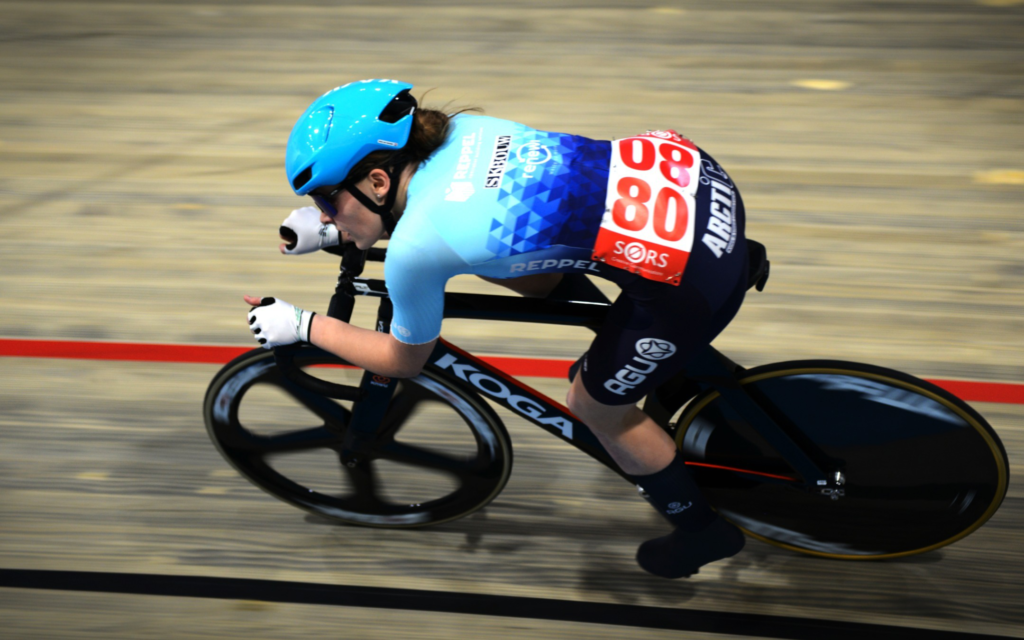
Winged Handlebars
These days, it’s not uncommon to see bikes equipped with handlebars that have inward-facing wings on the hoods. In the past, riders would drape their hands over the tops of the hoods in an unstable position, where a loss of grip could easily lead to accidents.
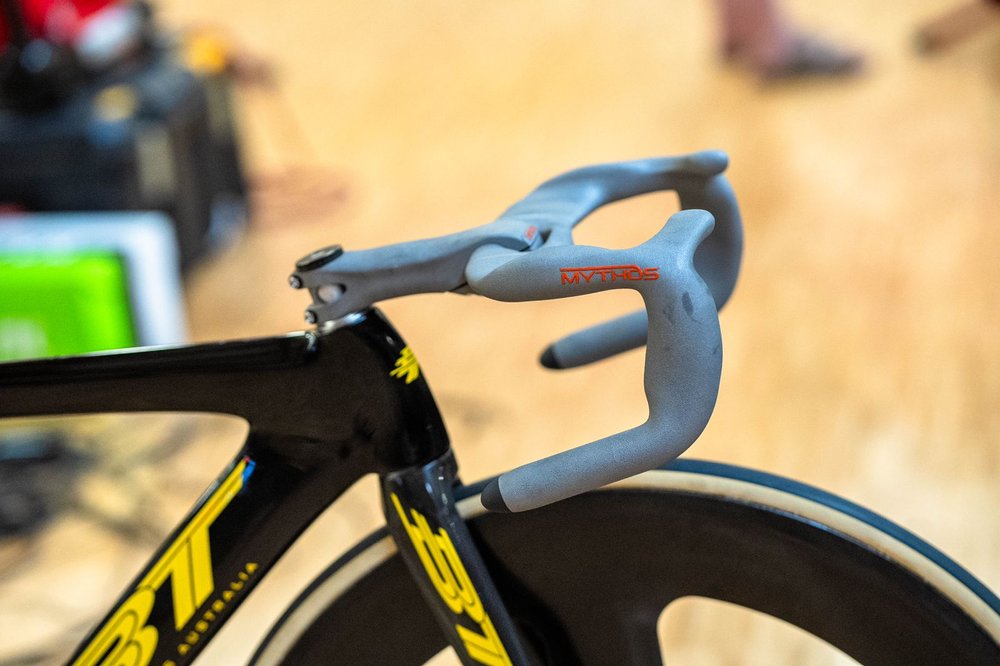
Winged bars, such as the Mythos Tx and Velobike Skat, are the final piece of the puzzle. Designed to take advantage of UCI rules changes, they allow riders to bring their hands up and in, maintain near-horizontal forearms, and position their elbows forward and away from the knees—all while achieving better control. Importantly, with higher hand positioning, riders can relax their shoulders, allowing them to shrug and further reduce their frontal area for improved aerodynamics.
Rider height – tall riders at a disadvantage
Smaller riders generally have far more options when it comes to finding a frame size that fits optimally. Depending on the setup, an average rider who is 170-175 cm tall can ride a frame with a reach of approximately 440–460 mm. That’s traditionally a relatively large frame, and most manufacturers don’t produce frames much longer than this.
It’s fair to say that taller riders are at a clear disadvantage in this regard. They often need to rely on longer stems to achieve the necessary reach, as standard frame geometry does not provide sufficient length on its own.
Track frameset database
To help you choose a frame, I’ve put together this database of popular top end framesets:
In summary
Optimising track bike geometry is a crucial but often overlooked factor in improving performance. Many riders struggle with bikes that are too short in reach and too steep in head angle, limiting their ability to achieve a powerful, aerodynamic, and sustainable position. The evolution of modern track bikes has shown that longer, more stable frames provide better handling and allow for greater rider comfort and efficiency — especially in high-speed bunch racing.
By focusing on frame reach, hand height, saddle setback, and crank length, riders can fine-tune their position to maximize power output and aerodynamics without sacrificing comfort. A well-fitted bike not only improves performance but also helps maintain efficiency deep into the race when it matters most.
As track cycling continues to evolve, manufacturers and riders alike must move beyond outdated geometry concepts and embrace modern positioning strategies. The goal should always be a balance between aerodynamics, power transfer, and handling stability, allowing each rider to perform at their best.
Supporting articles
Share this content:
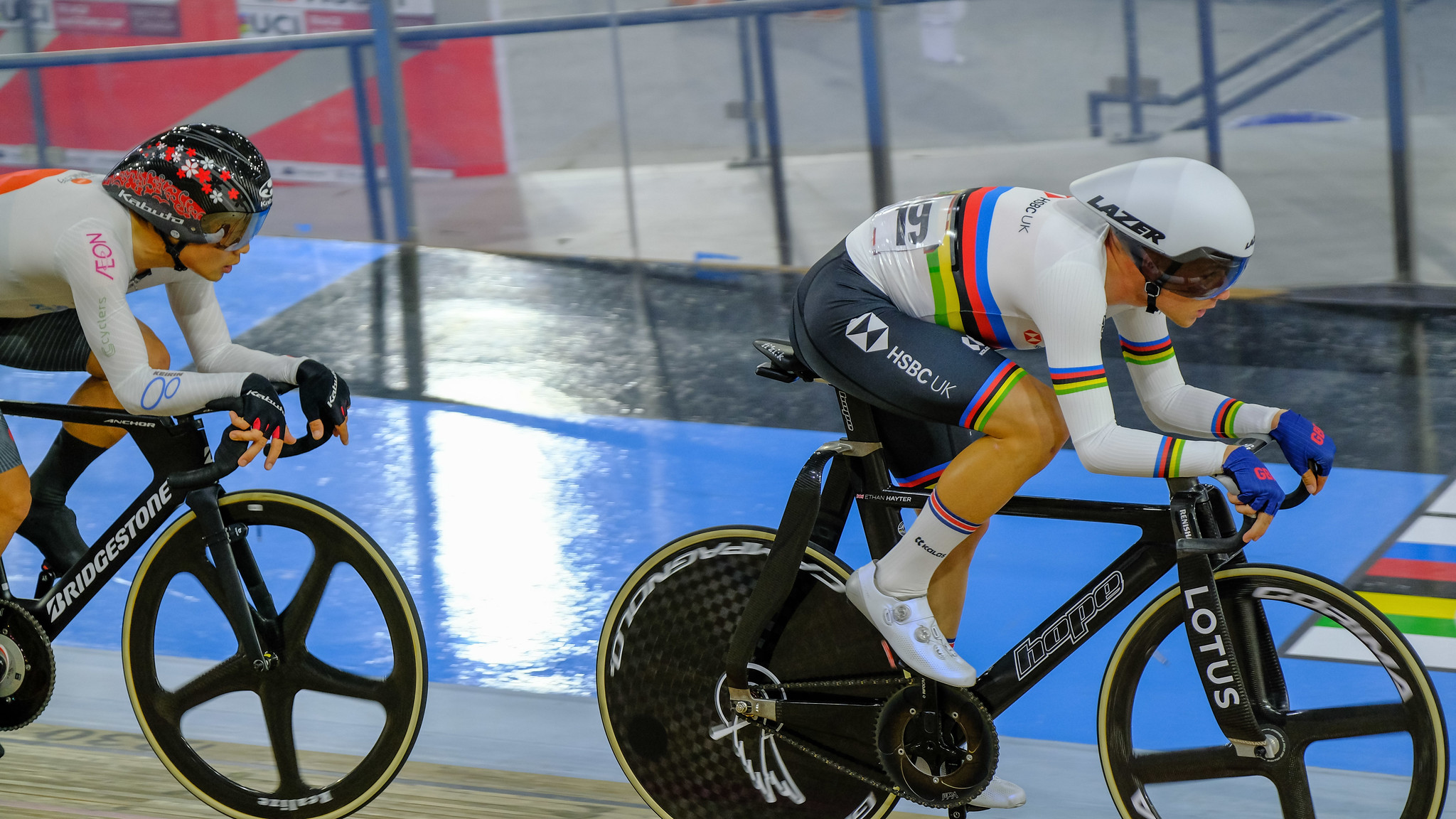

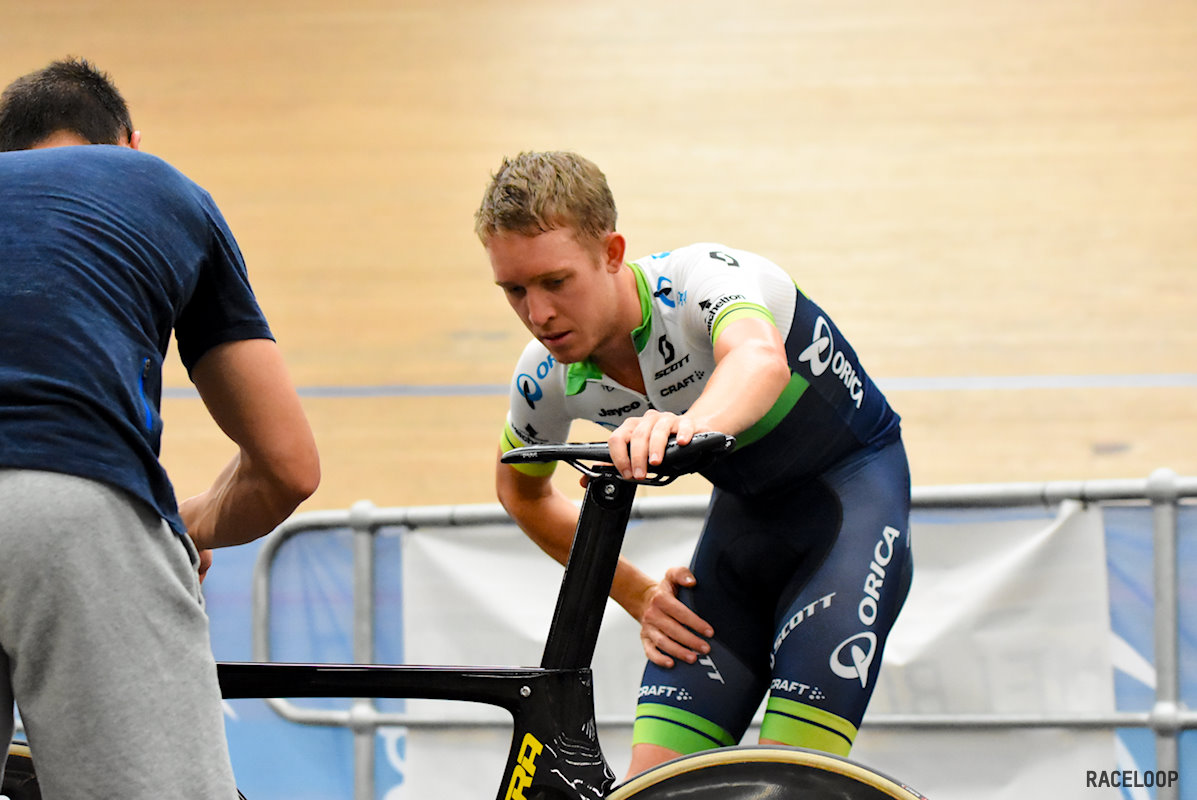
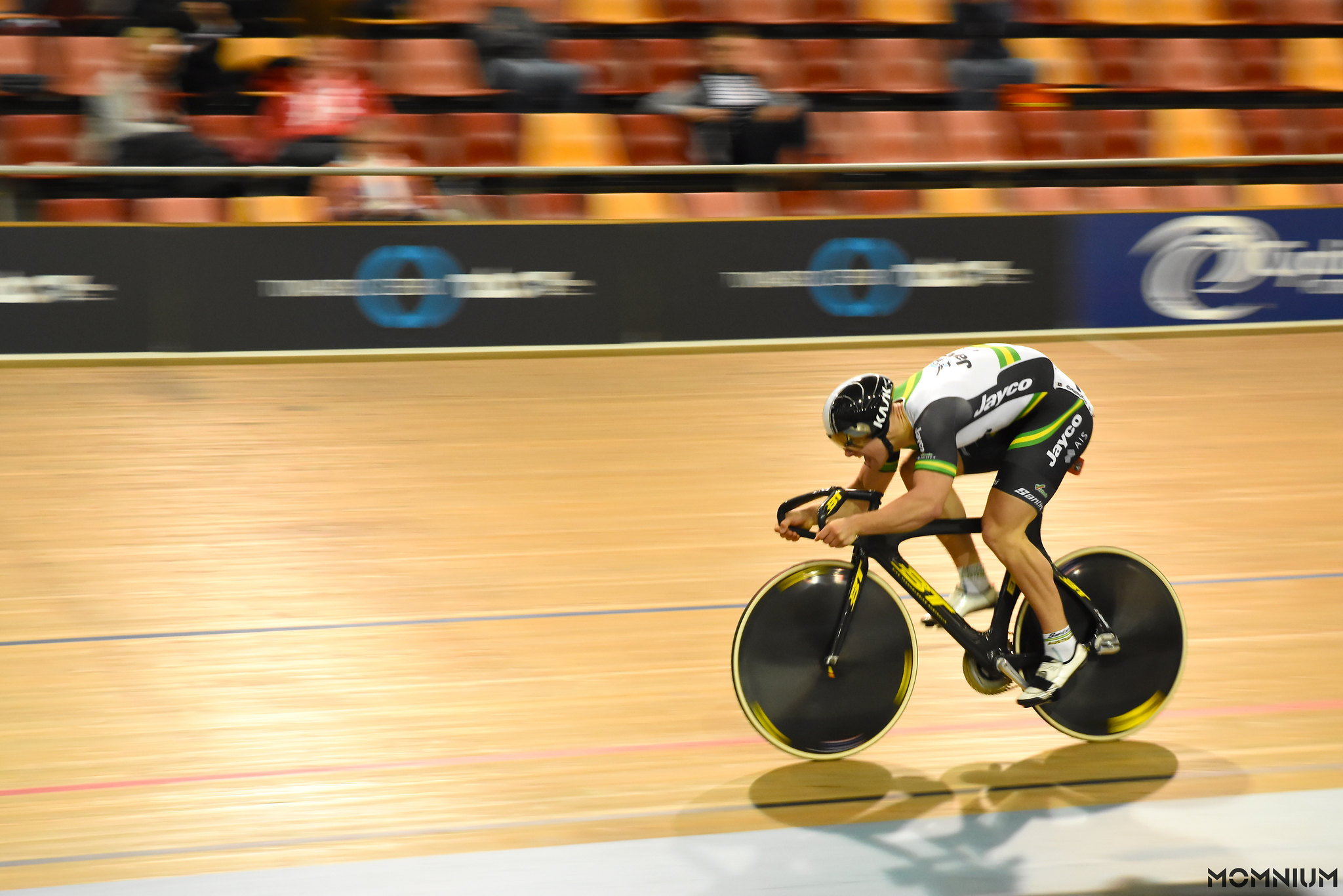
Post Comment
You must be logged in to post a comment.